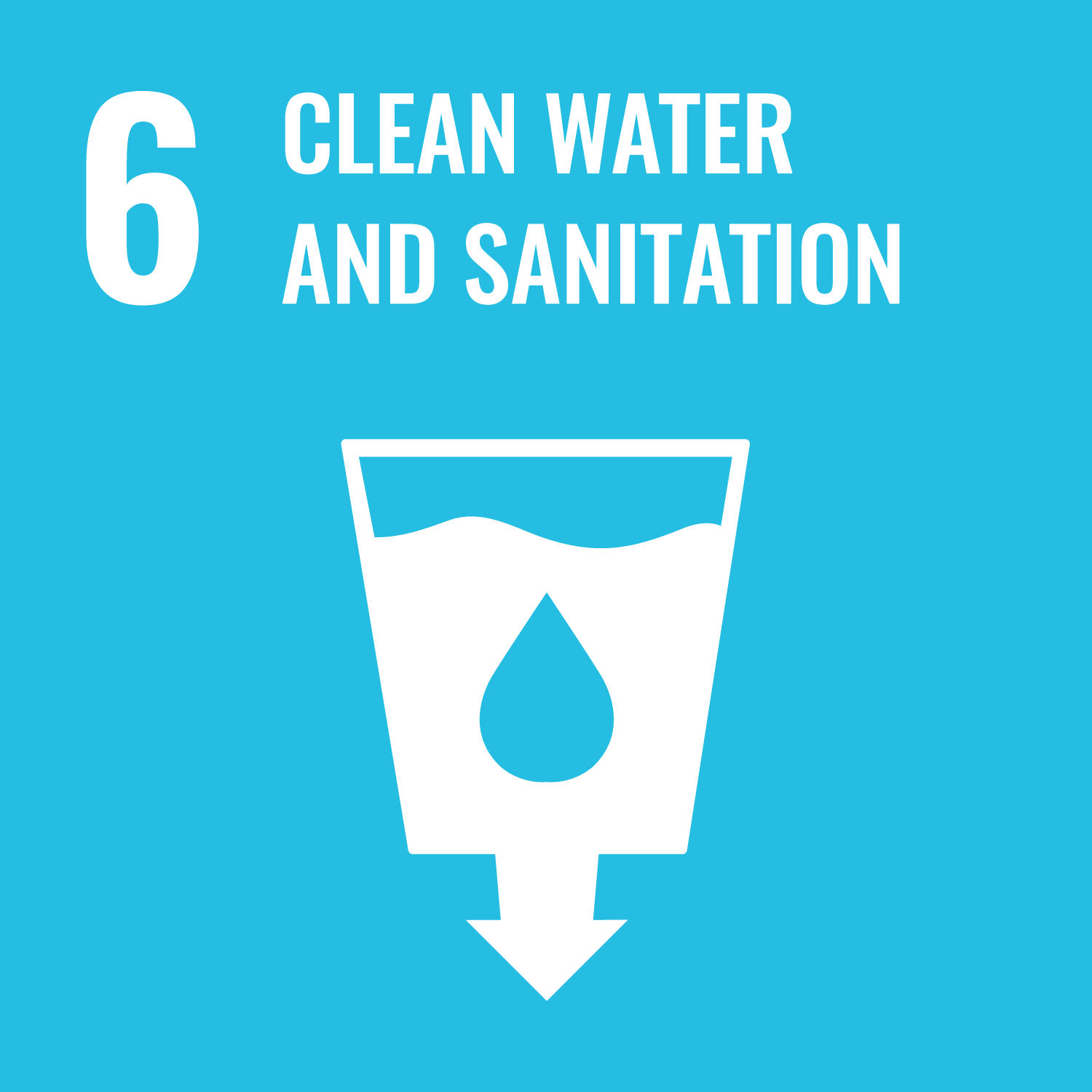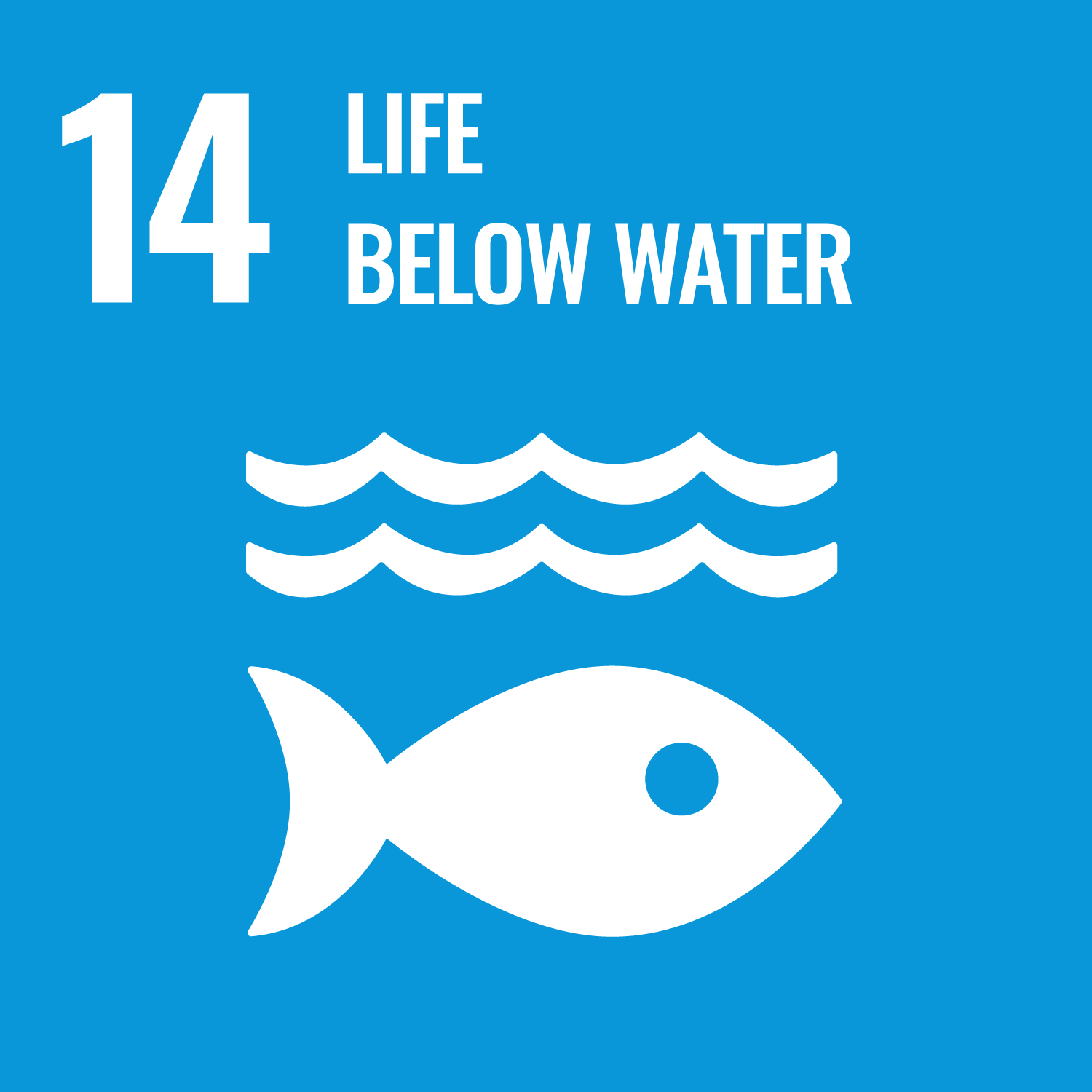Abstract
The catchment of the River Thames, the principal river system in southern England, provides the main water supply for London but is highly vulnerable to changes in climate, land use and population. The river is eutrophic with significant algal blooms with phosphorus assumed to be the primary chemical indicator of ecosystem health. In the Thames Basin, phosphorus is available from point sources such as wastewater treatment plants and from diffuse sources such as agriculture. In order to predict vulnerability to future change, the integrated catchments model for phosphorus (INCA-P) has been applied to the river basin and used to assess the cost-effectiveness of a range of mitigation and adaptation strategies. It is shown that scenarios of future climate and land-use change will exacerbate the water quality problems, but a range of mitigation measures can improve the situation. A cost-effectiveness study has been undertaken to compare the economic benefits of each mitigation measure and to assess the phosphorus reductions achieved. The most effective strategy is to reduce fertilizer use by 20% together with the treatment of effluent to a high standard. Such measures will reduce the instream phosphorus concentrations to close to the EU Water Framework Directive target for the Thames.
DOI Link
Publication Date
2013-11-13
Publication Title
Philosophical Transactions of the Royal Society A: Mathematical, Physical and Engineering Sciences
Volume
371
Issue
2002
ISSN
1364-503X
First Page
20120413
Last Page
20120413
Recommended Citation
Whitehead, P., Crossman, J., Balana, B., Futter, M., Comber, S., Jin, L., Skuras, D., Wade, A., Bowes, M., & Read, D. (2013) 'A cost-effectiveness analysis of water security and water quality: impacts of climate and land-use change on the River Thames system', Philosophical Transactions of the Royal Society A: Mathematical, Physical and Engineering Sciences, 371(2002), pp. 20120413-20120413. Available at: 10.1098/rsta.2012.0413





